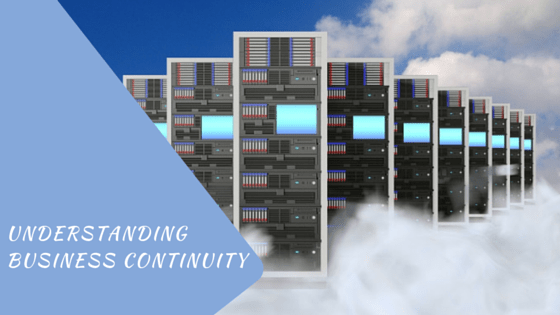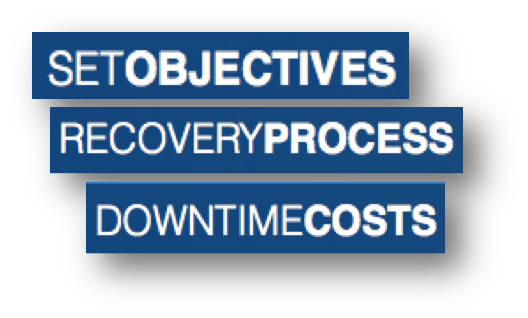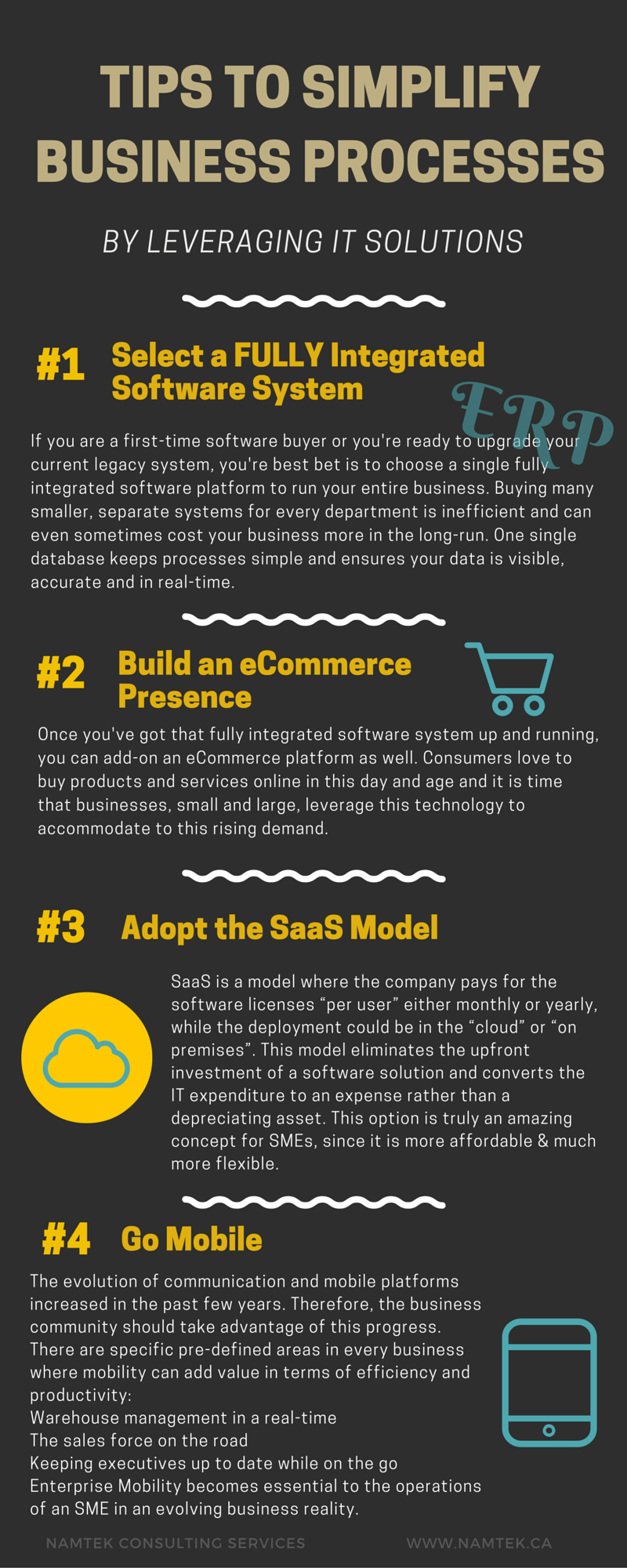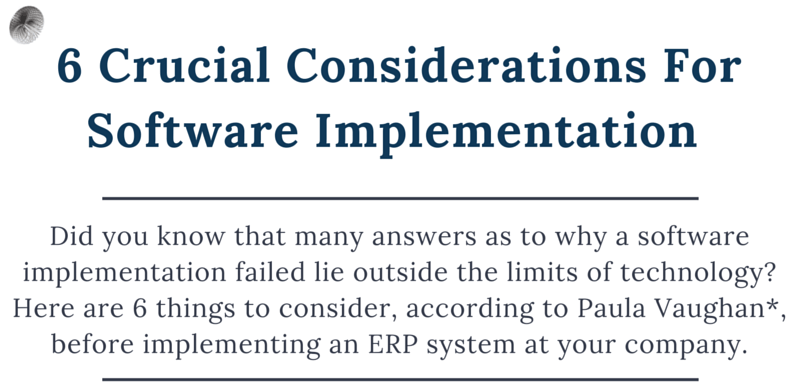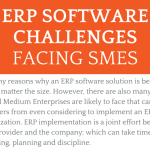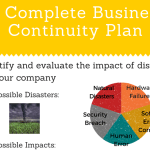‘Business Continuity’ Terms Explained
Last Updated on September 11, 2023 by Tatyana Vandich
We know that Business Continuity solutions are relatively new for many business people. Traditional methods to data backup and restore have been tapes and drives. These are now being replaced with software solutions that can perform on-site backups through virtualization as well as off-site backups to the ‘cloud’, without any manual intervention. On top of this, restoration can take hours rather than days.
Here’s a look at a few key terms used when speaking about Business Continuity:
Business Continuity: set of activities to ensure an organization can respond to a crisis, disaster or business disruption in a timely manner in order to continue business operations as usual.
Business Continuity Plan: a pre-determined plan or set of procedures that will guide executives, managers and employees during a business crisis in order to resume business operations.
Business Continuity Solution: a software solution implemented at an organization to ensure continuous, secure data backup as well as quick restoration of data (to its former state) if a disaster or crisis strikes. Check out QBR solution
Risk Management: the processes at an organization to manage undesirable events and reduce risk as much as possible.
Disaster: a disruption of the functioning of an organization, community or society involving human, material, economic or environmental losses.
Crisis: any event or unstable situation that has the power to disrupt an organization’s activities
Downtime: a period of time that a company’s system is unavailable (or has failed to perform its normal functions).
Data Backup: backing up a company’s data refers to the copying of files, workstations or servers. These copies are then stored on a business continuity software solution, like QBR, which can then be used to restore lost data in the event of a disaster or crisis.
Off-Site Backup: the backing up and storing of data to a place a distance away from a company’s physical location.
VM (Virtual Machine): an imitation of a physical computer; basically, a VM allows you to run other operating systems within your current OS.
Virtualization: refers to the creation of a virtual version of an operating system, network, server, storage, device, etc.
RTO (Recovery Time Objective): a parameter in disaster recovery used to calculate the duration of time within which a business must be restored back to normal (after a crisis) before this disruption seriously impedes business operations. Every business should aim for the shortest time possible.
RPO (Recovery Point Objective): a parameter in disaster recovery used to calculate the point in time that can pass during a disruption before the quantity of data lost during that period is greater than the company’s max allowable threshold.
Data Recovery: restoring files, workstations or servers from a Business Continuity solution to restore programs to the state of the last backup.
Restoration: the process of returning a company to its normal operations by repairing hardware and recovering data from the business’ backup methods.
File Restore: The recovery of a specific file(s).
Bare Metal Restore: The restoration of a complete VM from “bare metal” (meaning without previously installed software or operating system).
Check out Quick Backup Recovery (QBR) for more information about Business Continuity solutions.

